Baozi vs Jiaozi – What Are The Main Differences
Baozi vs Jiaozi – how on earth can I tell them apart?

If the famous English writer Shakespeare had the chance to walk around Beijing or Shanghai, he definitely would have wondered:
“Jiaozi or Baozi, that is the question”.
Sometimes these two typical Chinese foods can mess with you, especially if it’s your new to China.
So, let’s try to make things clear.
Boazi vs Jiaozi – What is a Jiaozi?
Baozi vs Jiaozi – What is Baozi?
Baozi vs Jiaozi – What are the Differences?
Baozi vs Jiaozi – Where Can you Buy Jiaozi and Baozi?
Baozi vs Jiaozi – How Much do Jiaozi and Baozi cost?
Baozi vs Jiaozi – FAQ’s
What Are Jiaozi?
Whatever you want to call them jiaozi 饺子 (the Chinese name) or dumplings (the English name) it doesn’t matter, because they are still delicious.
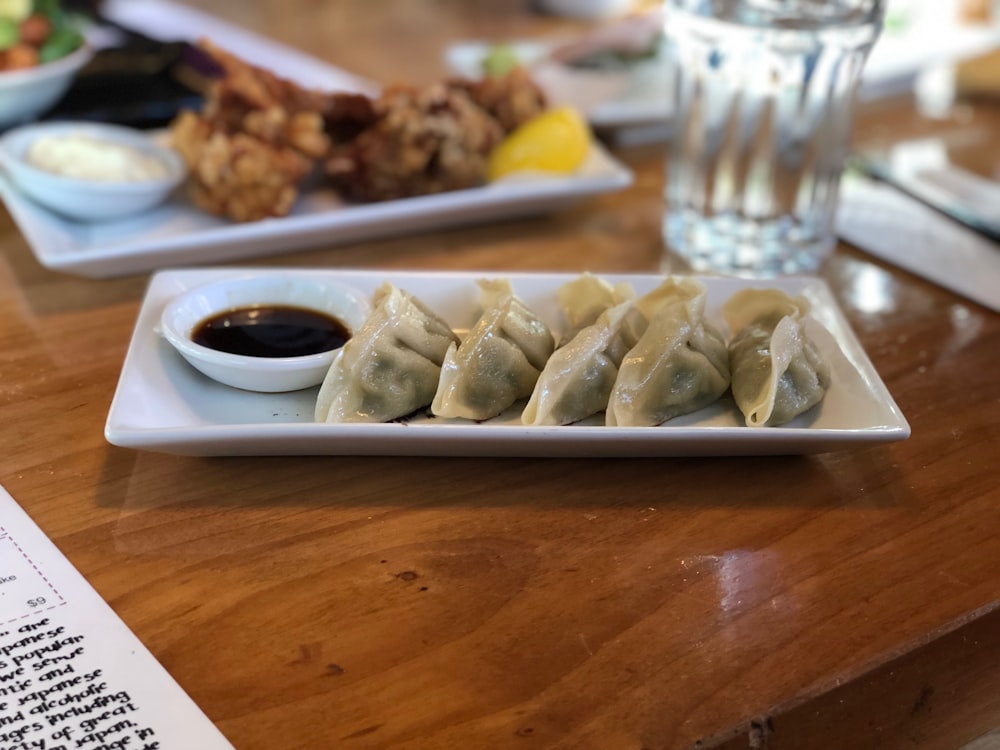
When you think about it Dumplings can be found all over the world. Think of Italian ravioli or tortellini. The concept is the same.
Jiaozi are thinly rolled pieces of dough, sealed by pressing the edges together.
They can be filled either with meat or with vegetable.
The most common filling is pork and cabbage, but there are many other unique variations as lamb and carrot or egg and tomato.
According to the cooking method, they can be divided into four types:
- Boiled dumplings or shuǐjiǎo 水饺, literally “water dumpling”;
- Steamed dumplings or zhēngjiǎo 蒸饺;
- Pan-fried dumplings or guōtiē; 锅贴, literally ”pan stick”. They are also know as jiān jiǎo 煎饺, literally “dry-fried dumplings” or shengjianbao 生煎包
- Soup dumplings or tāngjiǎo 汤饺.
Be careful!
Try not to confuse jiaozi with wontons (in Chinese húntun 馄饨). Wonton’s are common in Chinese takeaways in western shops. Check out the differences here.
Jiaozi have a thicker skin and are usually eaten with soy or vinegar sauce, while wontons have thinner skin and are usually boiled and served in broth.
The wontons most common filling is pork and shrimp.
The Origin of Jiaozi
The origins of jiaozi can be traced back to the Eastern Han Dynasty (25-220 A.D.) where a famous physician, named Zhang Zhongjing, lived.
One day in winter, when Zhang was coming back home, he found many poor people had frostbitten ears, because they didn’t have warm clothes and sufficient food.
To help these people, Zhang stewed lamb, black peppers and some medicine in a pot, chopped them into small pieces and used them to fill small dough wrappers. He boiled them every day to feed his patients.
He named these dumplings jiāo’ěr 娇耳, literally meaning “tender ear“.
Gradually, these patients became better and, when Spring Festival came, their ears were healed. As if by magic!
In order to express their gratitude to Zhang, people began to imitate his recipe to make jiao’er, which later became the current jiaozi.
Nowadays jiaozi are consumed during so many Chinese holidays and festivals, in particular during Chinese New Year’s Eve.
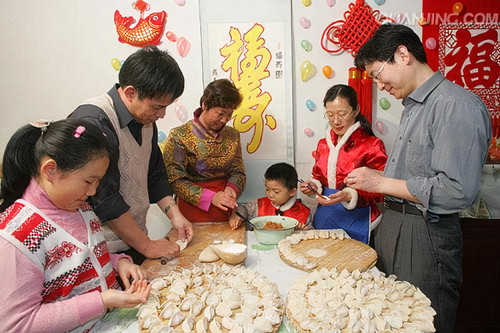
Traditionally, families get together around a table to wrap jiaozi in the evenings and eat them at midnight.
That’s because, according to ancient timekeeping customs, a day was divided into 12 two-hour periods and the period between 11 p.m. and 1 a.m. was called jiāozǐ 交子, which sounds very similar to jiaozi.
Incredibly similar in fact!
Besides, the shape of a jiaozi is just like a gold ingot yuánbǎo 元宝, people decided to eat jiaozi at dinner time with the wish that they will have prosperity in the new year.
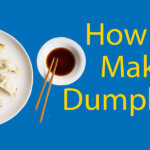
Ultimate Guide on How to Make Dumplings
Ever Wanted to know How to Make Dumplings? Find Out First Ever wanted to make dumplings at home but don’t know how? This easy recipe will show you how to make dumplings that taste just like the ones from your…
What Are Baozi?

Opposed to jiaozi, we have baozi 包子.
The term contains the character Bāo 包, which means “to wrap“, giving a hint about what they are all about.
They are thick and fluffy buns, mainly made of yeast and flour.
Compared to jiaozi, the they coating is much more bread/dough like.
The dough is first stuffed with delicious fillings, (pork, egg and leek etc…) and then steamed, as the English translation “steamed stuffed bun” suggests.
They can be eaten on their own but are best savoured with a bit of soy sauce and/or chilli.
There are almost 15 varieties of baozi, in China. Here they are in an easy to understand table.
| English Name | Chinese Name | Description |
|---|---|---|
| Cha siu bao | 叉燒包 chāshāobāo | Location: Guangdong and Hong Kong, Filling: barbecue-flavoured char siu pork. |
| Goubuli | 狗不理 gǒubùlǐ | Location: Northern China This type of baozi takes its name from the famous Chinese restaurant called Gǒubùlǐ, founded in Tianjin. |
| Xiaolongbao | 小笼包xiǎolóngbāo | Location: Jiangsu, especially Wuxi and Shanghai Filling: broth with meat. A variation is shuijianbao 水煎包, pan-fried instead of steamed. |
| Shengjian mantou | 生煎馒头shēngjiān mántou | Location: Shanghai. Filling: pork and gelatine that melts into liquid when cooked. |
| Tangbaozi | 湯包 tāngbāo | Location: Yangzhou Filling: soup |
| Doushaobao | 豆沙包 dòushābāo | Location: all over East Asia Filling: sweet bean paste |
| Lotus seed bun | 莲蓉包liánróngbāo | Location: all over China Filling: lotus seed paste |
| Tandoori baozi or Samas | 烤包子 Kǎobāozi | Location: Xinjiang Filling: meat (traditionally lamb) and vegetables |
| Crisp stuffed bun | 破酥包 Pòsūbāo | Location: Yunnan Filling: meat, bamboo shoots and soy sauce or also ham and sugar. |
| Guabao | 割包 guàbāo | Location: Fujian Filling: meat, mustard, coriander, peanuts |
| Dabao | 大包 dàbāo | Location: all over China Filling: meat, mushrooms, green onions |
| Yacaibao | 芽菜包 Yácàibāo | Location: Sichuan Filling: meat, vegetables, pickle, spices |
| Naiwongbao | 奶黄包 nǎihuángbāo | Location: all over China Filling: custard |
| Zhimabao | 芝麻包 zhīmabāo | Location: all over China Filling: black sesame paste |
Baozi are very common also in various regions in East China, but ultimately you can find them absolutely everywhere in China, even the convenience stores like 7/11.
The Malays eat a particular form of baozi filled with potato curry, chicken curry or beef.
In Indonesia, people eat the bakpau, traditionally filled with meat while in the Philippines they like to eat siopao, containing meat and/or shrimp.
Something similar can be also seen in Thailand, called salapao.
The Japanese also eat baozi, know as nikuman.
Different versions of baozi can be also found in Cambodia, Vietnam and Myanmar.
A truly quintessential Asian treat!
The origin of Baozi
There are two different stories explaining the origins of baozi.
Both stories date back baozi almost 1,800 years, during the Three Kingdom period (220–280 AD).
The protagonist is Zhuge Liang, a famous military strategist of that time.
Story #1
Zhuge Liang was on his way back home after having won a battle to suppress the Southern barbarians.
Since he and his army had to cross the Lu River, which had big and stormy waves, the locals told them that using human heads was the only way to cross the river.
Zhuge Liang couldn’t bear to kill innocent people.
He ordered his soldiers to kill some animals and put beef and lamb into flour dough in the shape of a head and steam them, and then throw them into the river as fake heads.
After a successful crossing, he decided to name the bun barbarian’s head, so mantou 馒头.
Story #2
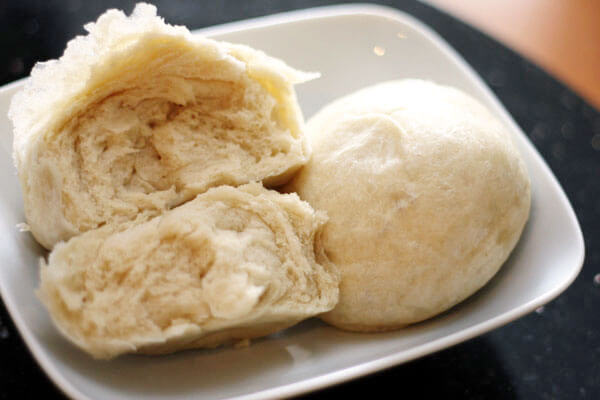
It is said that Zhuge Liang was on an expedition to far South China when his army caught a plague.
To cure his soldiers, he invented a savoury treat as a symbolic offering to the gods. It was shaped as a bun and made of flour, pork and beef.
The food was called mántóu 馒头, “flour head”.
Today, mantou refers to the same steamed bun, but one that has no filling.
Fun Fact
Are you still curious about baozi?! Good!
You can watch Bao is a 2018 animated short film, written and directed by the Chinese-born Canadian Domee Shi.
It is about an aging and lonely Chinese-Canadian mother, suffering from empty nest syndrome. She receives an unexpected second chance at motherhood when she makes a baozi that comes to life
The film won the Oscar for the Best Animated Short Film at the 91st Academy Awards.
Differences between Jiaozi and Baozi
Even if there are many types or versions, the main differences between jiaozi and baozi relate to their ingredients, size and cooking method.
Here are the main differences between baozi vs jiaozi.
| Type | Ingredients | Size | Cooking method |
|---|---|---|---|
| Jiaozi | Flour and water | Small | Boiled, fried or steamed |
| Baozi | Yeast, flour and sugar | Medium-big | Generally only steamed |
Where Can I Buy Jiaozi and Baozi?
You can buy jiaozi and baozi almost in every corner of China and that is no exaggeration.
This is not a treat you have to hunt down. You will see baozi and jiaozi everywhere.
Even people walking down the street nibbling away on a baozi on their morning commute for example!
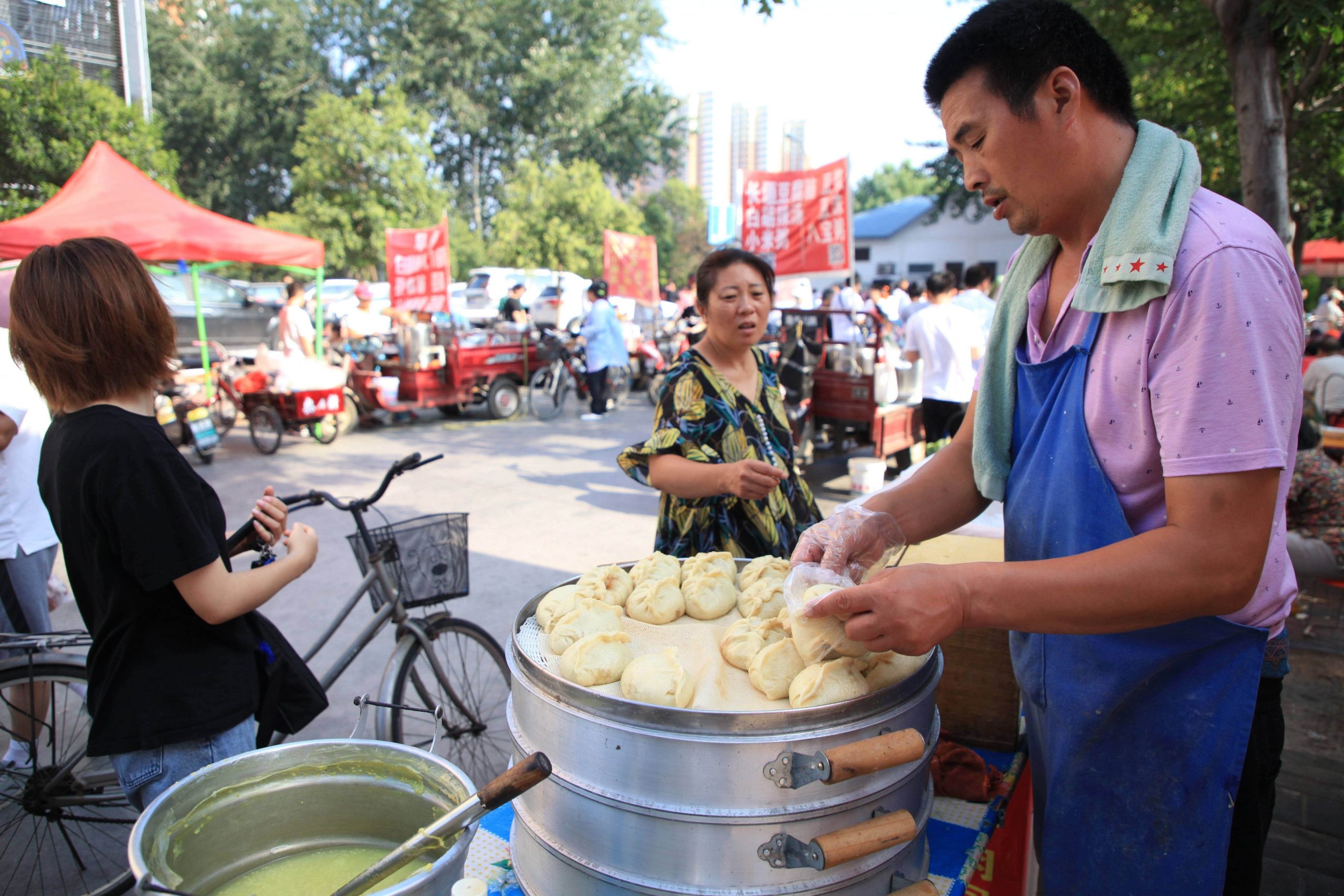
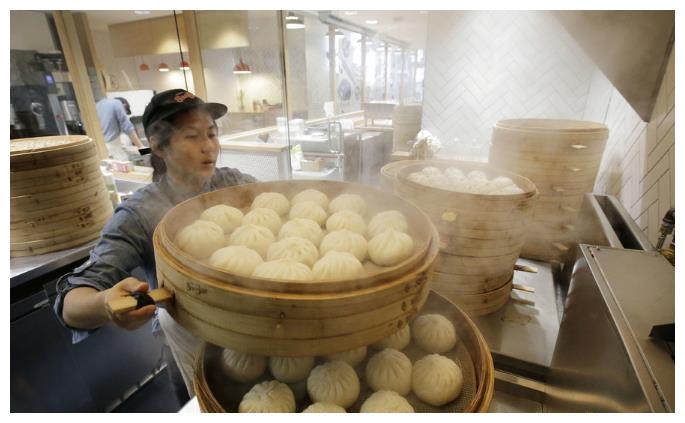
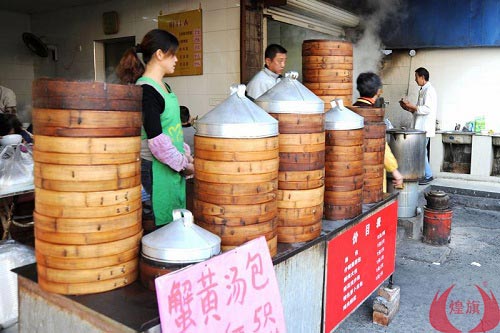
Besides the restaurants, in the streets of all cities, there are many small shops, called bāozidiàn 包子店 or bāozipù 包子铺 specialized in selling baozi.
Big chains use packaged baozi, which are cooked and frozen in factories, while small shops make their own baozi every early morning.
They are usually served in their own individual steaming basket, with a straw used to drink the soup while the rest of the bun is eaten later.
There are roadside shops and street vendors which specialize in jiaozi too since they are now eaten all year-around.
Typically, they are served in small steamers containing ten pieces each and small restaurants keep them hot on steamers and ready to eat all day.
Jiaozi are always served with a dipping sauce that may include vinegar, soy sauce or with soup.
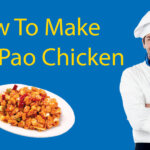
How To Make Kung Pao Chicken 🤩 The Practical 宫保鸡丁 Guide!
How to make Kung Pao Chicken? It’s a lot easier than you might think. 宫保鸡丁 is a crowd pleaser with Chinese and foreigners alike. Check out this easy recipe.
Baozi vs Jiaozi – The Cost?
Both jiaozi and baozi are very cheap and affordable.
Even in bigger cities, it’s rare to come across a shop selling a baozi or a bunch of jiaozi for more than 1.5 RMB (US$0.25).
This applies to both baozi and jiaozi so not only are they delicious, they are one of the cheapest things you can buy in China when we talk about food!
Win win!
Have you ever had baozi or jiaozi? Which is your favourite? Tell us in the comments below!
Baozi vs Jiaozo – FAQs
What is a jiaozi?
A rolled piece of dough, filled either with meat or with vegetable, which can be boiled, fried, pan-fried or served with soup.
What is a baozi?
They are thick and fluffy buns, mainly made of yeast and flavour.
Compared to jiaozi, the they coating is much more bread/dough like.
They are stuffed with meat providing a lovely savoury treat which can also be eaten on the move.
What is the difference between a baozi and a jiaozi?
Baozi and jiaozi differ in ingredients, cooking method and size.
Where can you buy baozi and jiaozi?
Almost in every corner of China. Whether it be a restaurant or a convenience store, these are incredibly popular all over China.
How much do jiaozi and baozi cost?
Only few yuan for a baozi or for a bunch of jiaozi. One of the cheapest things you can eat in China!
Want more from LTL?
If you wish to hear more from LTL Mandarin School why not join our mailing list.
Fancy studying Chinese online? You can do with us right now!
We give plenty of handy information on learning Chinese, useful apps to learn the language and everything going on at our LTL schools!
Sign up below and become part of our ever growing community!

 Hi, my name is Ilaria. I am from Italy and I am a Student Advisor at LTL. Fancy coming to study with us in China? Drop me a message.
Hi, my name is Ilaria. I am from Italy and I am a Student Advisor at LTL. Fancy coming to study with us in China? Drop me a message. Hi, my name is Mojca. I am from Slovenia in Europe and I work as a student advisor at our Shanghai school.
Hi, my name is Mojca. I am from Slovenia in Europe and I work as a student advisor at our Shanghai school.


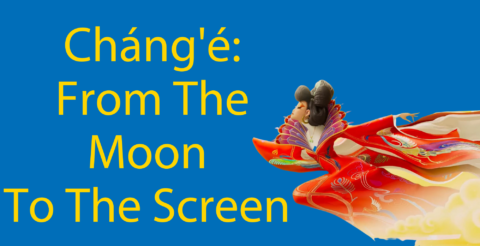
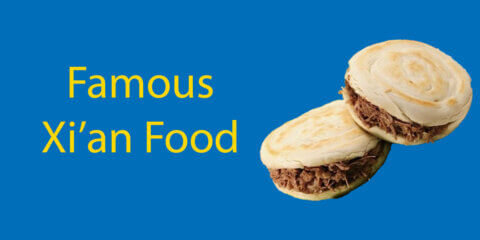
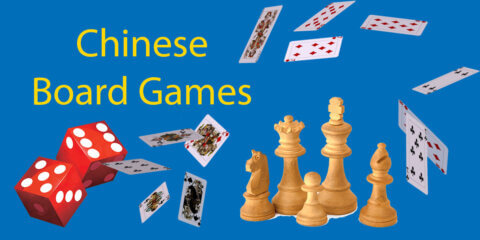
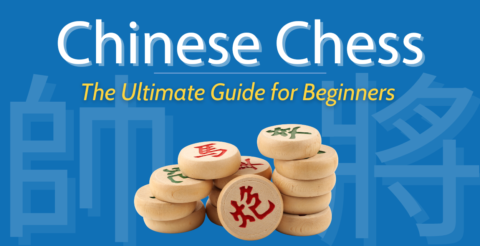

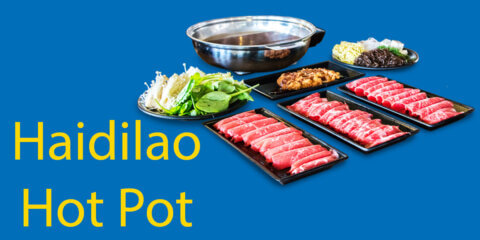
5 comments
Team Baozi here 🙋♀️
We're with you Carol, but both are so good!
XIAOLONGBAO!!!
Ah yes, Xiaolongbao are always relevant.
[…] or more specifically 饺子 jiǎozi are a classic lucky New Year food that are traditionally eaten on Chinese New Year’s Eve […]